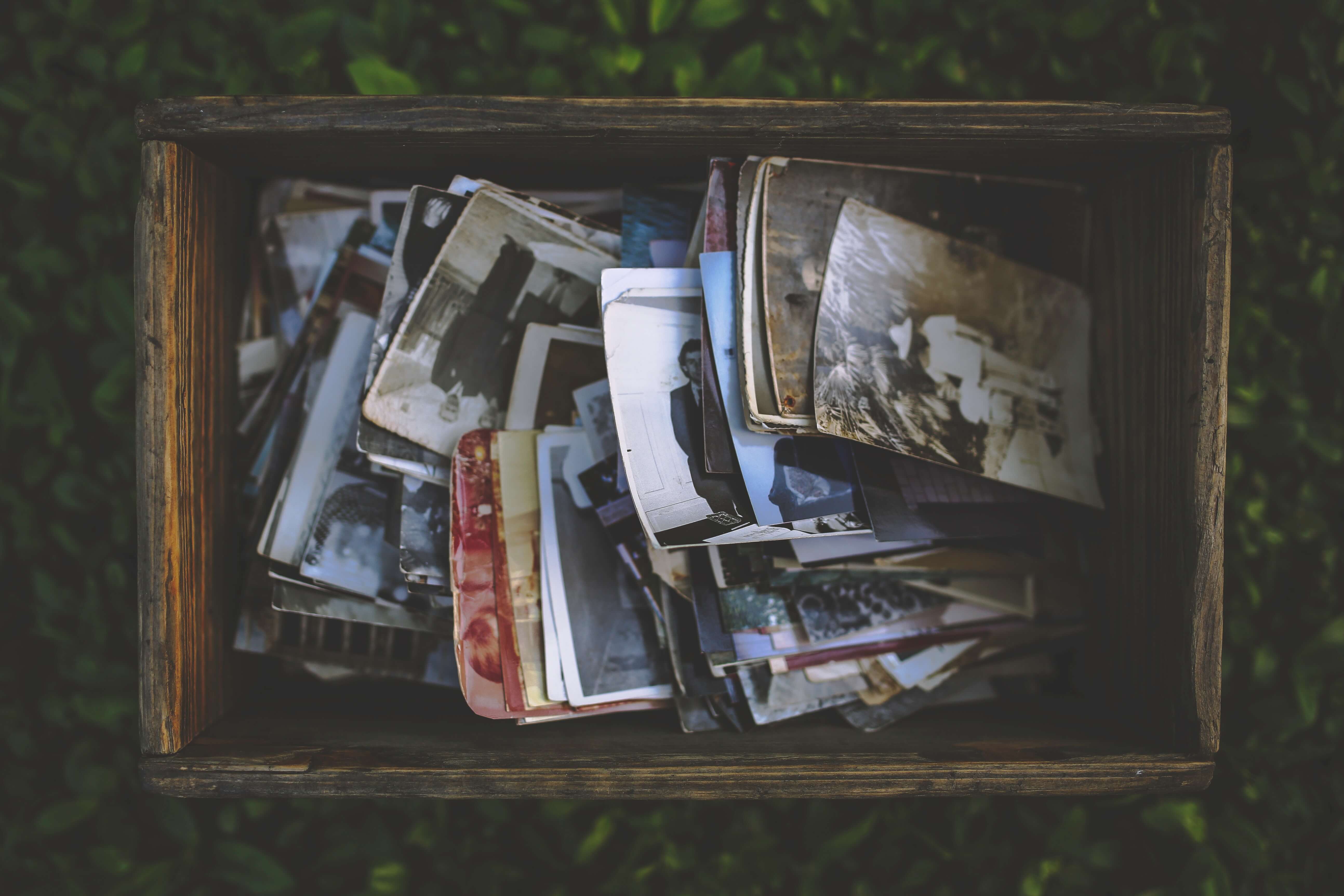
Q: How Can I Preserve My Family’s History?
Melissa Ziobro offers advice on how to keep your family’s memories alive for future generations.
It’s a familiar scene for so many today—basements full of old photo albums, attics overflowing with home movies, smartphones bursting at the seams with selfies and videos. Chaotic? Sure. But put them together, and what you have is valuable family history. “Whether you’re preserving your family’s stories to pass down to your children, or you’re planning to donate your photos or keepsakes in some way, all of these stories make up a narrative worth saving,” says Melissa Ziobro, a specialist professor of public history. But how to do that?
When it comes to paper documents like photos, keep them comfortable. “Most of these family collections get stored in the basement or attic because that’s where there’s room,” says Ziobro. “But these are the worst possible places for them” since there is minimal control over temperature and humidity. A good rule of thumb, she says: “If you wouldn’t be comfortable in your basement or attic, the documents aren’t comfortable either.” Also, it’s best not to use paper clips or staples, which can rust and destroy the documents over time. Instead, use acid-free folders and papers, and keep the documents as flat as possible to avoid putting any unwarranted stress on them.
In addition to storing the original copies properly, Ziobro recommends investing in an inexpensive scanner to create digital versions. Just be sure to capture a high-resolution image—one that is at least 300 dots per inch, and possibly 600 dpi if the scanner is capable.
For images born digital—smartphone photos, for example—Ziobro recommends printing and backing up the images in the cloud or on a thumb drive. “Have as many different versions as you can,” she says. “This goes for printed and digital files.”
And while images and documents can tell a valuable story, Ziobro says we shouldn’t underestimate the value of the spoken word. Collecting oral histories can be a fun and informative way to make the past accessible for future generations. “It’s so much more relatable because we’re hearing from people in their own words and cadence,” she says. “And since we’re hearing from people who aren’t in the history books, we’re getting different perspectives.”
The good news is that it’s easy to get started capturing your family members’ personal histories. Chances are you already have an app on your smartphone that can record crystal-clear audio. Ziobro says it’s best to start simple. “Even if I’m interviewing grandpa about his Korean War service, it can be hard to jump right in there,” she says. “Start at the beginning with ‘When and where were you born?’ It’s a simple question and sets the context for the interview.”
Oral histories, photos, and videos make great family keepsakes, but Ziobro encourages families to share them with museums, historical societies, and oral history archivists. “People tend to be humble and think that no one cares about their story, but that’s just not the case,” she says. “We want to know what the average person in New Jersey was doing during World War II. The only way to get that is to hear these ‘average’ stories.”
The 10-Second Bonus Question
What’s Worth Donating?
A national organization may be interested in military uniforms, while local groups would love to preserve a scrapbook of memories from the neighborhood. Many archivists welcome recordings or interviews.
To ask a question of our faculty experts, email magazine@monmouth.edu or mail Explain This, Monmouth magazine, Alumni House, 400 Cedar Ave., West Long Branch, NJ 07764.